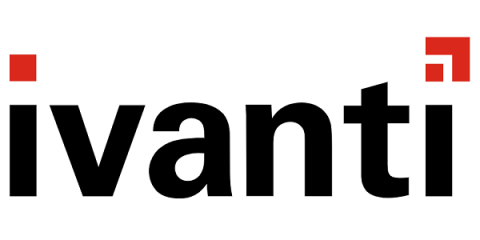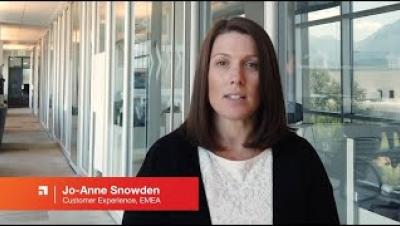Give the Gift of Ivanti: Here Are the Products Our Customers Love the Most
Our Ivanti products are kind of like our children. We've raised them to be what they are today—through all of their various transformations and growing pains. We're proud of them when they venture out into the world and make it a better place. Like presents around the Christmas tree, they each bring something unique to the Ivanti portfolio. That's why it's hard to single any one of them out or love one more than another. We don't play favorites. So we asked our customers to, instead.




